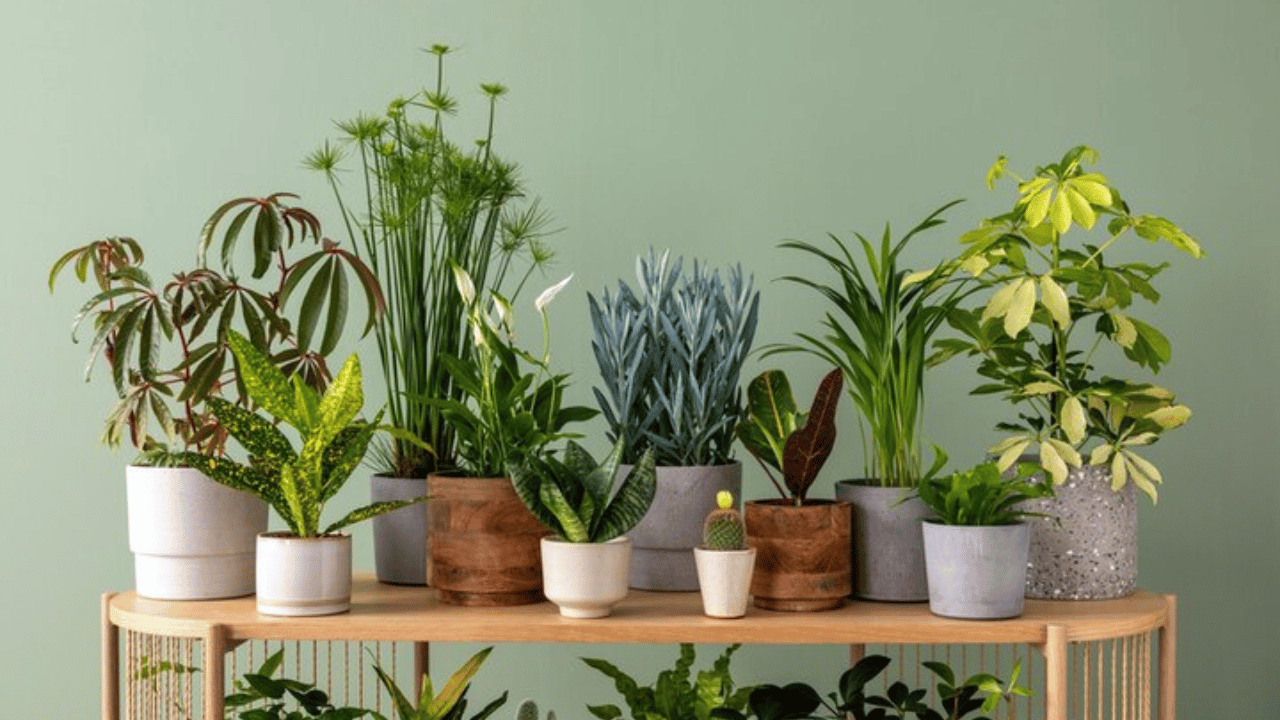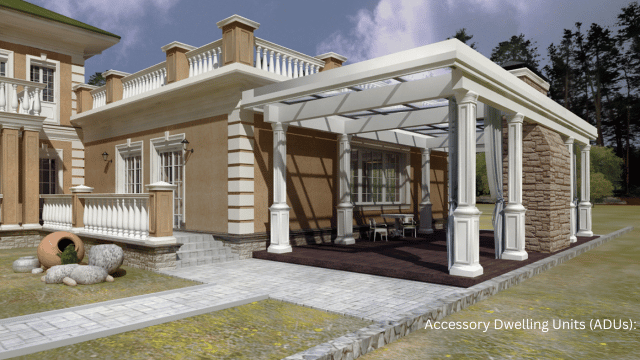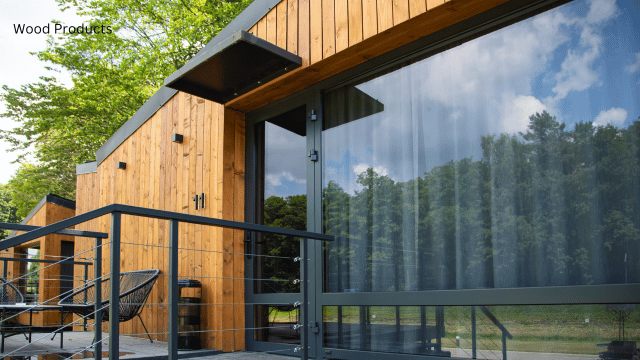Creating a beautiful and thriving garden is a rewarding experience that can bring joy and serenity to your daily life. However, selecting the right plants for your garden can be a daunting task, especially if you are a beginner. In this guide, I will walk you through the process of choosing the ideal plants for your garden, ensuring that they thrive and enhance the overall aesthetic appeal of your outdoor space.
Understanding Your Garden’s Conditions and Requirements
Before you start selecting plants, it is crucial to have a clear understanding of your garden’s conditions and requirements. Take some time to observe the amount of sunlight your garden receives throughout the day, as well as the quality of the soil and its pH levels. Additionally, consider the climate and weather conditions in your region, as different plants have different tolerance levels for heat, cold, and humidity.
Identifying Your Garden’s Purpose and Style
Every garden has a purpose, whether it’s to create a peaceful retreat, grow your own vegetables, or attract wildlife. Identifying the purpose of your garden will help you choose plants that align with your goals. Additionally, consider the style you want to achieve, whether it’s a formal garden with structured hedges and symmetrical plantings, or a more natural and wild garden with a variety of flowers and foliage.
Determining the Right Plant Types for Your Garden
Once you have a clear understanding of your garden’s conditions, requirements, purpose, and style, it’s time to determine the right plant types for your garden. Start by considering the different categories of plants, such as annuals, perennials, shrubs, and trees. Each category has its own unique characteristics and lifespan, so choose plants that best suit your preferences and maintenance capabilities.
Considerations for Climate and Weather Conditions
The climate and weather conditions in your region play a significant role in the success of your garden. Some plants thrive in hot and dry climates, while others prefer cool and moist environments. It is essential to research the hardiness zones and plant hardiness ratings to ensure that the plants you choose can withstand the conditions in your area. Additionally, consider the average rainfall and wind patterns, as these factors can also impact plant growth.
Assessing Soil Quality and pH Levels
The quality of your soil is crucial for the health and growth of your plants. Conduct a soil test to determine its pH levels and nutrient content. Most plants prefer slightly acidic to neutral soil, with a pH range between 6 and 7. If your soil’s pH is too high or too low, you may need to amend it with organic matter or specific additives to create a more suitable environment for your plants.
Choosing Plants Based on Sunlight Exposure
The amount of sunlight your garden receives is a significant factor in plant selection. Some plants thrive in full sun, while others prefer partial shade or full shade. Observe your garden throughout the day to determine the areas with the most sunlight and shade. This information will help you choose plants that will thrive in your garden’s specific lighting conditions.
Selecting Plants That Complement Each Other
Creating a harmonious and visually appealing garden involves selecting plants that complement each other in terms of color, texture, and height. Consider the overall color scheme you want to achieve and choose plants with flowers and foliage that coordinate well. Additionally, pay attention to the growth habits and sizes of the plants to ensure they will not overcrowd or overshadow each other as they mature.
Considering Maintenance and Care Requirements
Different plants have varying maintenance and care requirements. Some plants are low-maintenance and require minimal attention, while others need regular pruning, fertilizing, and watering. Consider the amount of time and effort you are willing to invest in maintaining your garden, and choose plants that align with your available resources. It’s also important to consider any specific pest or disease issues that certain plants may be prone to in your area.
Researching and Selecting Specific Plant Varieties
Once you have a general idea of the types of plants you want for your garden, it’s time to dive deeper and research specific plant varieties. Look for plants that are well-suited to your garden’s conditions and requirements, and read reviews or seek advice from local gardening experts. Consider factors such as bloom time, fragrance, and wildlife attraction to further enhance the beauty and functionality of your garden.
Where to Buy Ideal Plants for Your Garden
Now that you have a list of specific plant varieties, it’s time to find a reliable source to purchase them. Visit local nurseries, garden centers, or farmers’ markets to explore a wide range of plant options. These establishments often have knowledgeable staff who can provide guidance and advice based on your garden’s specific needs. Alternatively, you can also explore online plant retailers, ensuring that they have a good reputation and positive customer reviews.
Tips for Planting and Nurturing Your Selected Plants
Once you have acquired your ideal plants, it’s important to properly plant and nurture them to ensure their successful growth. Prepare the soil by removing any weeds or debris and adding organic matter or fertilizer if necessary. Follow the planting instructions for each plant, including the proper spacing and depth. Provide adequate water, sunlight, and nutrients as recommended for each plant variety. Regularly monitor your garden for any signs of pests or diseases, and take appropriate action to prevent or treat any issues that arise.
Enjoying the Beauty and Benefits of Your Ideal Garden Plants
By carefully selecting the right plants for your garden, considering factors such as conditions, requirements, climate, and style, you can create a beautiful and thriving outdoor space that brings you joy and tranquility. Remember to assess your garden’s conditions, identify its purpose and style, and choose plants that complement each other. Research specific plant varieties and purchase them from reputable sources. With proper planting and nurturing, you will be able to enjoy the beauty and benefits of your ideal garden plants for years to come.
Now, it's time to put your knowledge into action and start creating your dream garden!


